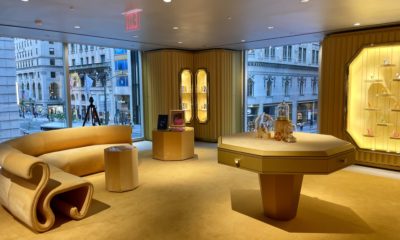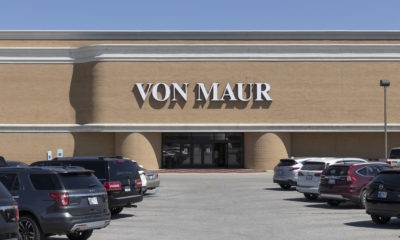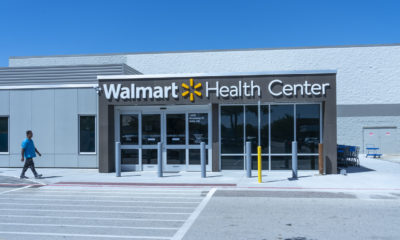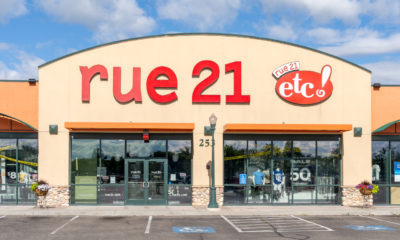The 2004 holiday season for retailers is turning out to be sharply divided between the haves and have-nots.
According to various reports, luxury retailers such as Neiman Marcus (Plano, Texas), Nordstrom (Seattle) and Saks Fifth Avenue (New York), and small designer boutiques, are enjoying robust sales of such items as $8000 mink ponchos, $1000 snakeskin handbags, $200 crystal-studded jeans and $25,000 bejeweled bangles, as their well-heeled shoppers have benefited from a recovering economy.
“There is this quest of who is going to have the shiniest, boldest and brightest status symbols,” said Gerald Celente, director of Trends Research Institute (Rhinebeck, N.Y.).
On the other hand, discounters such as Wal-Mart Stores Inc. (Bentonville, Ark.) and mid-level stores such as Sears, Roebuck and Co. (Hoffman Estates, Ill.) and May Department Stores Co. (St. Louis) have been struggling with tepid sales. Many of those are trying early-bird specials on Saturdays, free gift cards and special coupons.
This holiday season is “a real struggle for a broad range of retailers, other than the high-end, and that struggle has a lot to do with the economy,” said Michael Niemira, chief economist at the International Council of Shopping Centers.
Chief among the woes seems to be this year’s surge in energy costs. Plus many shoppers are also faced with escalating health care costs and worries about jobs.
Advertisement
The spending gap was again apparent in retailers’ November sales. Among luxury retailers, Neiman Marcus Group (which also owns Bergdorf Goodman) had an 8.4 percent increase in same-store sales. But Wal-Mart, which also got hurt by not aggressively discounting at the start of the holiday season, reported a meager 0.7 same-store sales percent gain. The weakness at Wal-Mart continued at least through the week ended December 11.
Marshal Cohen, senior industry analyst at NPD Group Inc. (Port Washington, N.Y.), estimates that U.S. sales of luxury products are expected to reach $42 billion this year, or 14 percent of the projected total of $300 billion. That would be an increase of 5 to 8 percent from 2003. That compares to a modest 2 to 3 percent growth overall. (The figures do not include sales from autos, food stores and restaurants.)
“Customers’ thirst for luxury seems greater than ever,” said Robert Burke, vice president of fashion at Bergdorf Goodman.

 Eric Feigenbaum1 week ago
Eric Feigenbaum1 week ago
 Headlines1 week ago
Headlines1 week ago
 Headlines2 weeks ago
Headlines2 weeks ago
 Headlines2 weeks ago
Headlines2 weeks ago
 Headlines1 week ago
Headlines1 week ago
 Headlines6 days ago
Headlines6 days ago
 Blogs & Perspectives1 week ago
Blogs & Perspectives1 week ago














